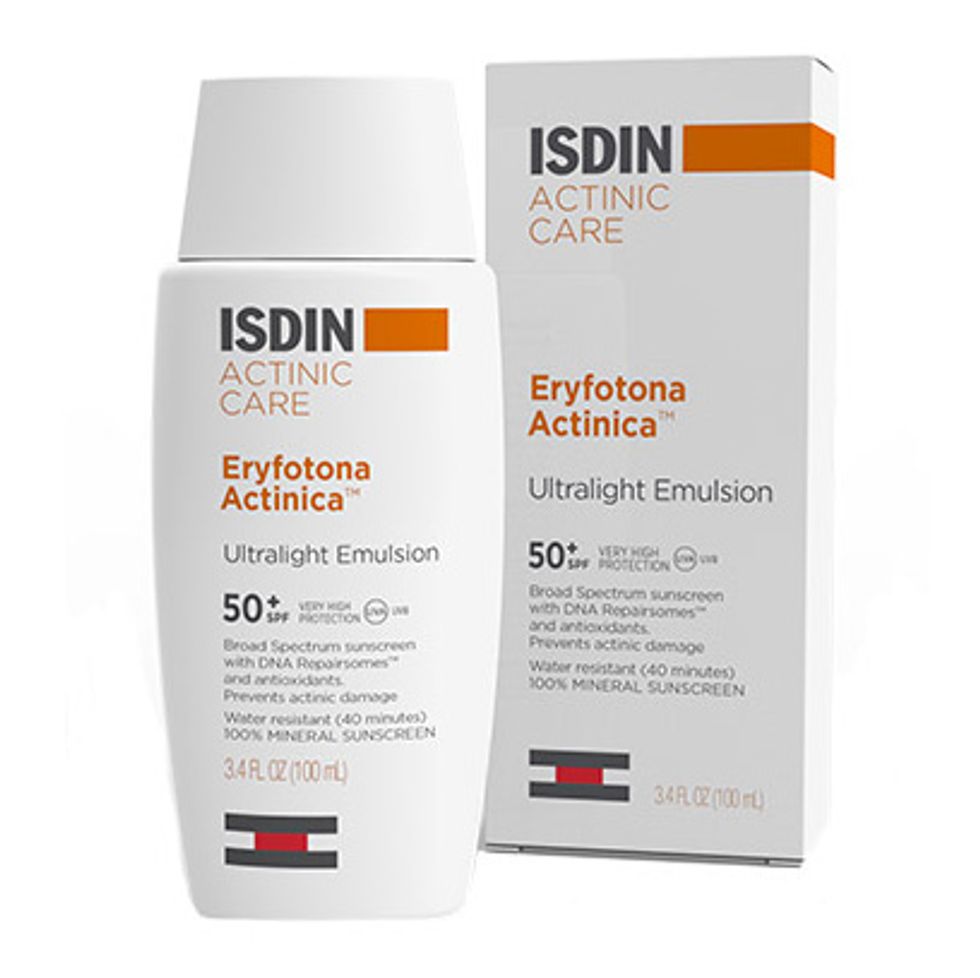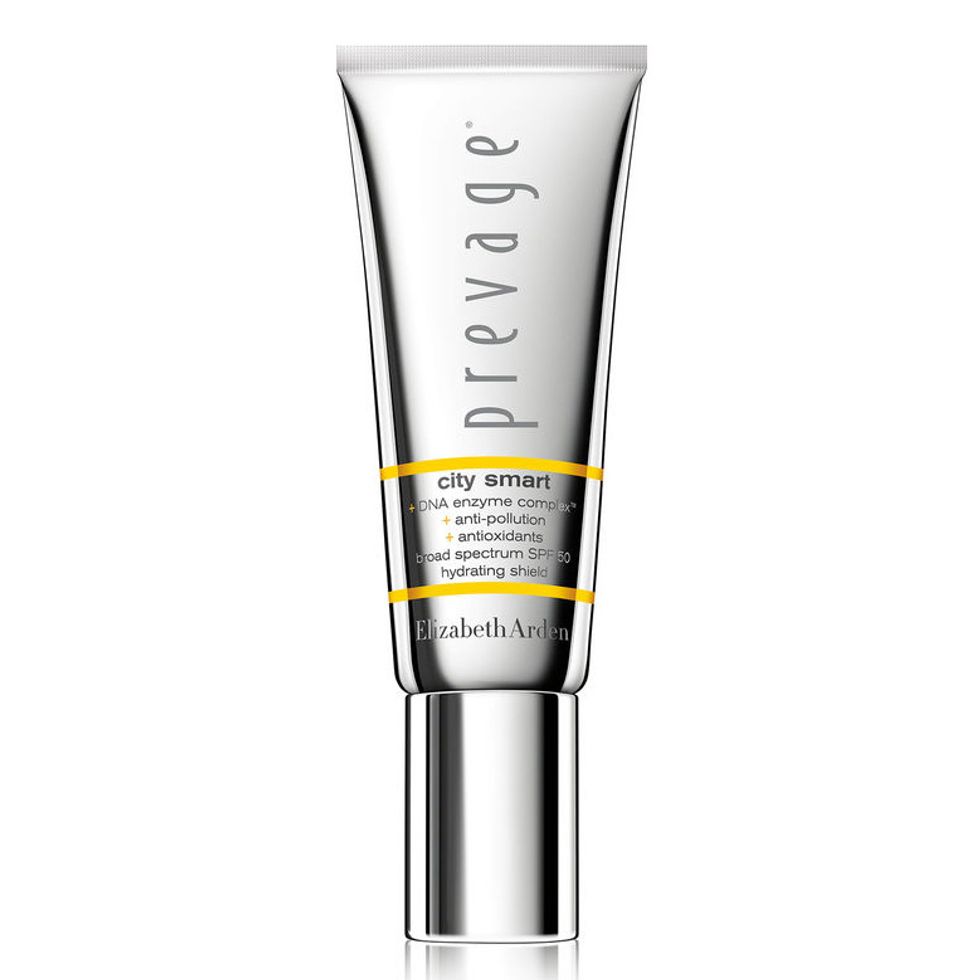Skin
Our *Burning* Sunscreen Questions–Answered!
What’s the deal with sprays, waterproof, and reapplying?

10 July, 2018
10 November, 2021
We’re all ready to hit beaches and barbecues tomorrow, but before you step outside, it’s time to check your sunscreen game. Even though the editors at Coveteur spend an unusual amount of time talking to dermatologists (hey, when you’ve got their direct lines, wouldn’t you?!), we still have a few lingering questions about sunscreen: what works, how it works, and if some rumors we’ve heard are true. We turned to one of our favorite pros, dermatologist Dendy Engelman of Manhattan’s Medical Dermatology & Cosmetic Surgery Centers, for some SPF real talk.
Q: Is it really “safe” to go out in the sun sans SPF before 10:00 AM and after 4:00 PM?
A: “No. Incidental sun exposure for only 10-15 minutes a day adds up over time and can cause significant sun damage and accelerated photoaging. In order to keep skin looking its youngest and healthiest, apply sunscreen 365 days a year! These brief moments can include driving with the sunroof open or walking around outdoor shopping centers during peak sun hours—between 10:00 AM and 4:00 PM—which exposes your skin to damaging UV rays. But even under cloud cover or on ‘off-peak’ sun hours, it is possible for the sun to harm your skin and eyes and cause long-term damage. It is important that you protect yourself with sunscreen, even in cloudy weather.”
Q: Are spray SPFs bad for me?
A: “Sunscreen sprays do not lay a substantial amount of sunscreen on the skin, so spraying alone is not enough. It needs to be rubbed in and spread equally on the skin. It is best to start with a cream and use spray when you re-apply. The issue with inhaling chemical sunscreens is about a sunscreen ingredient called oxybenzone. While safe to be on the skin, when ingested it acts as a hormone and disrupts the body’s reproductive tract.”
Q: And how many times do you need to reapply, really?
A: “If you are out in the sun, you need to reapply every two hours or more often if you are in the water or sweating. For the face, use a nickel-size amount that covers your face and a quarter-size amount for your neck and décolleté.”
Q: Is sports sunscreen actually waterproof?
A: “There’s no such thing as waterproof sunscreen! In a Consumer Reports study, almost half of the products failed to meet their SPF claim after water immersion—despite the fact that all featured claims of water resistance. The lesson here is ALWAYS reapply.”
Q: What are the key differences between physical sunscreens and chemical?
A: “Mineral sunscreens, which are also called physical blockers, contain mineral ingredients, such as titanium dioxide or zinc oxide, and work by sitting on top of the skin to deflect and scatter damaging UV rays away from the skin. They are great for people with sensitive, acneic, and rosacea skin, and for children. Chemical sunscreens contain UVA and UVB absorbing ingredients, such as oxybenzone, octinoxate, octisalate, and avobenzone, and create a chemical reaction that changes UV rays into heat, then releases the heat. They take up to 30 minutes to activate once applied, so if you wait until you’re outside, you risk being unprotected in the sun for up to half an hour, and the sun damage adds up. Some people can get a sunburn in that time. If you don’t have 30 minutes, use a mineral SPF instead.”
Q: How do you shop for sunscreen as a derm? What do you look for?
A: “I pay attention to the SPF coverage, texture, and ingredients. Sunscreens should support skin health without any extra harmful ingredients. For chemical sunscreen, I look for the combination of oxybenzone, octinoxate, octisalate, and avobenzone. And for mineral, I look for titanium dioxide or zinc oxide. These are my go-tos:”
1 / 4
ISDIN Eryfotona Actinica Ultralight Emulsion SPF 50+: It’s ultralight and easily spreadable and instantly absorbs. Plus, it’s formulated with ingredients that counteract past damage.








